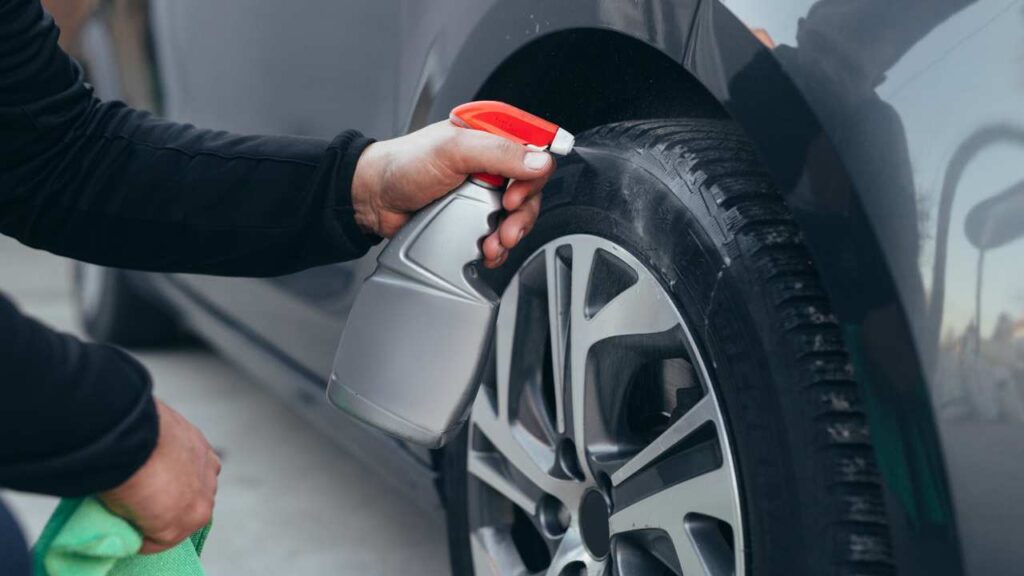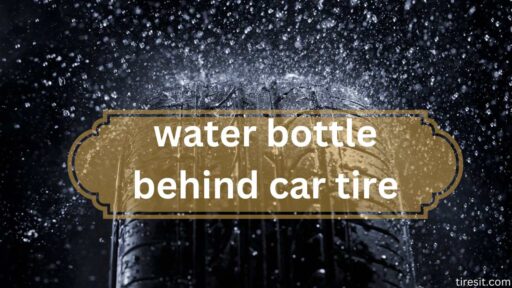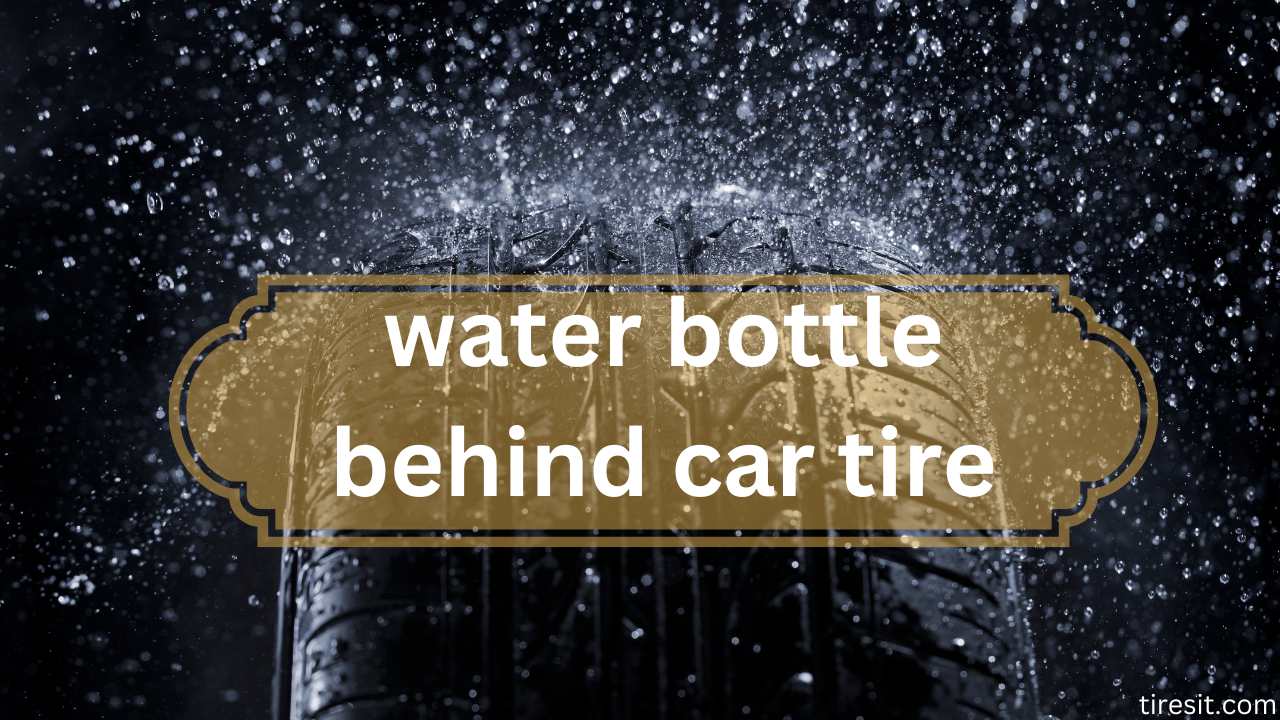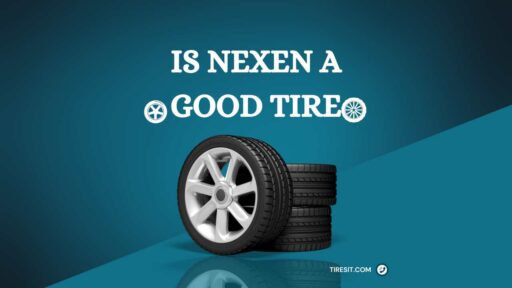Find the best water bottle holder for your Water bottle behind car tire. Stay hydrated while on the move with our reliable and practical solution. Order today!
In today’s fast-paced world, staying hydrated is a top priority for many, from eco-conscious consumers and fitness fanatics to car enthusiasts who spend hours on the road. But have you ever considered the implications of a seemingly harmless practice – leaving a water bottle behind your car tire? This post explores the environmental impact, safety concerns, and practical solutions to keep you hydrated on the go without compromising on safety or sustainability. If you need more about Tires Size related information, this is for you.
Leaving a water bottle behind a car tire might seem innocuous, but it poses several unforeseen risks. Firstly, there’s the environmental concern. Plastic bottles, when not disposed of properly, contribute to pollution and can harm local wildlife. Additionally, they take hundreds of years to decompose, adding to the already growing problem of plastic waste.
From a safety perspective, a water bottle can act as a rolling hazard, potentially causing a driver to lose control of the vehicle if the bottle gets lodged under a tire during an attempt to drive away. This scenario, although rare, highlights a need for greater awareness and more prudent practices regarding mundane actions such as the disposal of water bottles.
The Environmental Impact of Water bottle behind car tire
As plastic pollution continues to be a pressing global issue, every small action counts towards reducing our collective carbon footprint. Leaving a water bottle behind the car tire may seem like a harmless act, but it can have significant consequences for the environment. When left on the ground, especially in high-traffic areas such as parking lots or highways, water bottles can easily end up in water bodies or natural habitats, harming wildlife and disrupting ecosystems. Furthermore, plastic takes hundreds of years to decompose, clogging up landfills and releasing harmful chemicals into the environment.
To put things in perspective, a single discarded plastic bottle can take up to 450 years to decompose. According to a study conducted by the Ocean Conservancy, plastic bottles are among the top 10 most collected items during beach cleanups worldwide. It’s clear that even seemingly small actions, like leaving a water bottle behind your car tire, can have significant consequences for our planet.
Safety Concerns
Beyond the environmental impact, the safety risks associated with leaving a water bottle behind a car tire cannot be overstated. Such a bottle can easily transform into a rolling hazard, unexpectedly getting caught under the wheels. This situation poses a very real danger, potentially leading to loss of vehicle control, accidents, or even injury to bystanders.
In scenarios where a driver might be reversing or cannot see the bottle, the risks are even higher. The unexpected obstacle can cause sudden stops, skidding, or force the driver to make hazardous maneuvers to avoid what they might perceive as a more significant threat. This aspect of public safety is often overlooked, yet it underscores the importance of mindful actions and the broader implications of seemingly minor habits.
In essence, while the act of leaving a water bottle behind a tire might be done without malice, the potential for harm is significant. It serves as a reminder that greater awareness and consideration for our surroundings are critical, not only for environmental conservation but also for ensuring safety in our communities.
The Safety Concerns
Apart from the environmental impact, leaving a water bottle behind your car tire also poses safety concerns. As temperatures rise inside the car, the plastic bottle can melt and deform, creating a potential fire hazard. Furthermore, if the bottle is partially filled with water, it can create a magnifying effect that can damage car paint or even start a fire.
In addition to safety hazards for your vehicle, leaving a water bottle behind your car tire also poses risks for other drivers on the road. The water bottle can get stuck under a car and become a hazard for other vehicles, potentially causing accidents. It’s a small act that can have severe consequences for both the environment and road safety.
Finding Sustainable Solutions
So what can we do to stay hydrated on the go without compromising on sustainability or safety? The following are some practical solutions:
- Carry a reusable water bottle with you instead of relying on single-use plastic bottles. There are many options available, from insulated stainless steel bottles to collapsible silicone ones that can easily fit in your bag.
- If you do use a disposable plastic bottle, make sure to properly dispose of it in designated recycling bins.
- Instead of leaving a water bottle behind your car tire, keep it inside your car or bring it with you when you leave.
- Use alternative methods to stay hydrated, such as keeping a cooler in your car with chilled water bottles or filling up a reusable bottle at a gas station or rest stop.
By making small changes in our habits, we can significantly reduce the environmental impact and safety hazards associated with leaving a water bottle behind our car tire. Remember, every action counts towards creating a more sustainable and safe world for ourselves and future generations.
The Environmental Impact of Plastic Pollution
Before we dive into the nuances of water bottles and car tires, it’s crucial to understand the broader context – plastic pollution. Every year, millions of tons of plastic waste end up in our oceans, affecting marine life, ecosystems, and even our health. Eco-conscious consumers are increasingly aware of this issue and are looking for ways to cut down on plastic waste. One of the simplest yet most effective measures is rethinking our hydration habits. By choosing reusable water bottles and properly disposing of plastic ones, we can significantly reduce our contribution to the global plastic pollution crisis.

Plastic Pollution in Auto Culture
Car culture and plastic usage often go hand-in-hand, from disposable water bottles to single-use containers for snacks and meals on the go. Unfortunately, these conveniences contribute significantly to plastic pollution, as not all plastics are recycled properly, and many end up in landfills – or worse, in nature.
The Science Behind Tire Pressure and Safety
Leaving a water Water bottle behind car tire might seem innocuous, but it can pose unexpected dangers. When a vehicle’s tire compresses a hard object, it can affect the tire’s integrity and pressure. Though a plastic bottle might not seem formidable enough to cause damage, repeated incidents or the right conditions can lead to tire deformation or puncture risks, particularly for vehicles in motion or under the scorching sun where plastics can melt or deform.
Eco-Friendly Hydration: The Best Alternatives
Fortunately, there are numerous solutions for on-the-go hydration that align with sustainable habits without compromising your safety or convenience:
- Stainless Steel Bottles: Durable, reusable, and less likely to end up behind a tire, stainless steel bottles keep your drinks at the desired temperature for hours.
- Collapsible Silicone Bottles: For those with limited space, collapsible bottles offer a practical, eco-friendly alternative. They’re lightweight, foldable, and, more importantly, safe to use in any setting.
- Glass Water Bottles: Another sustainable option, glass bottles are free of harmful chemicals found in plastics, though they require careful handling to avoid breakage.
Implementing Sustainable Habits
Adopting these alternatives is not just about individual well-being but also about contributing to a larger movement toward environmental sustainability. By choosing eco-friendly hydration options, we each play a part in reducing plastic pollution and protecting our planet. Let’s make a conscious effort to break away from single-use plastic habits and embrace sustainable alternatives for the betterment of our environment and future generations.
Remember, every small change counts towards creating a healthier and more sustainable world for all. So next time you reach for a water bottle on the go, think twice about where it might end up and opt for a more eco-friendly solution. Together, we can make a big difference, one bottle at a time. So, let’s raise our reusable bottles and cheers to a greener future!
Frequently Asked Questions (FAQs)
Why is it dangerous to leave a water bottle behind the car tire?
Leaving a water bottle behind the car tire poses multiple dangers. Firstly, under high temperatures, the plastic can melt and potentially start a fire or damage the vehicle’s paint due to the magnifying glass effect. Secondly, it can cause accidents by getting stuck under another vehicle, leading to potential hazards on the road.
Are reusable water bottles really better for the environment?
Yes, reusable water bottles significantly reduce the amount of plastic waste produced and disposed of in the environment. By using materials like stainless steel, glass, or silicone, these alternatives do not contribute to the ongoing problem of plastic pollution in our oceans and landscapes. Additionally, they are more sustainable in the long term, as they can be used repeatedly for years.
How can I ensure I’m staying hydrated in an eco-friendly way when travelling by car?
Plan ahead by filling up reusable water bottles before your trip. If you’re on the road and need to refill, look for water fountains or ask restaurants and cafes to refill your bottle. Keeping a cooler in your car with pre-chilled reusable bottles is another excellent way to ensure you have access to water without relying on single-use plastics.
What should I do if I see a water bottle behind someone else’s car tire?
If it’s safe to do so, and you have the opportunity, gently inform the car’s owner about the bottle. If the owner is not around, carefully remove the bottle to prevent any potential hazards. Always assess the situation first to ensure your safety.
Can plastic water bottles really start fires if left in cars?
While it’s a relatively rare occurrence, plastic water bottles can indeed act like a magnifying glass under the right conditions, focusing sunlight into a high-energy beam that can ignite materials or damage car interiors. It’s best to avoid leaving plastic bottles in direct sunlight inside cars.
What are the best alternatives to plastic water bottles for keeping drinks cold or hot in the car?
Stainless steel bottles are particularly effective for maintaining the temperature of your drinks, thanks to their insulating properties. They can keep liquids cold for up to 24 hours and hot for up to 12 hours. Glass bottles, while not as insulating, do not impart any flavors to your water and are chemical-free. Collapsible silicone bottles are convenient for saving space and are also effective at maintaining the temperature when paired with an insulating sleeve.
How can I contribute to reducing plastic pollution beyond choosing reusable water bottles?
Beyond hydrating in an eco-friendly manner, consider adopting a more comprehensive approach to reducing your plastic footprint. This includes using reusable bags, avoiding single-use plastics like straws and cutlery, recycling properly, and supporting legislation and initiatives aimed at reducing plastic production and waste. Engaging in community cleanup events is another great way to help combat plastic pollution directly.
Conclusion of Water bottle behind a car tire
The issue of a water bottle left behind a Water bottle behind car tire appears small in the grand scheme of environmental challenges. However, it symbolizes the importance of mindful, sustainable practices in every aspect of our lives, including our hydration habits. Eco-conscious consumers, car enthusiasts, and fitness fanatics alike can make a significant impact by choosing safer, more sustainable alternatives. Together, we can turn the tide against plastic pollution and drive towards a cleaner, greener future.





